ENTER YOUR EMAIL TO RECEIVE OUR WEEKLY NEWSLETTER
The Surprising Health Benefits of Indoor Plants
Indoor potted plants can remove up to 87 percent of air pollutants in 24 hours.
By Rona Cherry
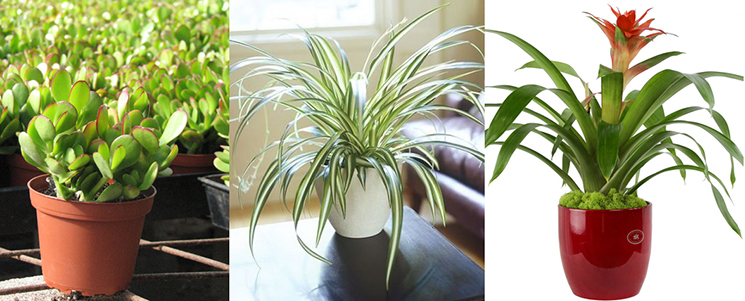
Jade Plant (CactusLimon), Spider Plant (Armstrong Garden), and Bromeliad (Wayside Gardens).
. . . . . . . . . . . .
Like many New Yorkers, you probably spend 90 percent of your time in an apartment, either seated in front of your computer, entertaining, or just relaxing. But did you know that the air in your home may be up to five times more polluted than the air you breathe outdoors? Indoors we’re constantly bombarded by toxic airborne chemicals from furnishings, paint, computer printers, cleaning supplies and even dry-cleaning.
Luckily, there’s an easy and affordable solution: Indoor potted plants can remove a variety of toxic emissions and purify the air.
In a classic NASA study on air-purifying plants, researchers found that in addition to absorbing carbon dioxide and releasing oxygen, certain houseplants were able to remove up to 87 percent of air pollutants in 24 hours. More recently, researchers at the State University of New York in Oswego found that five common indoor plants—the Jade Plant, the Spider Plant, Bromeliad, Dracaena and Caribbean tree cactus—were able to remove volatile organic compounds [VOCs] such as formaldehyde, acetone or benzene that are emitted as gases, often causing short and long-term health problems when inhaled.
“Inhaling large amounts of VOCs can cause dizziness, asthma or allergies,” said study leader Vadoud Niri, PhD. “We must do something about VOCs in indoor air.”
By eliminating harmful VOCs from the air, plants benefit our health and well-being in many ways. According to a small 1998 study from the Agricultural University of Norway, after plants were introduced into offices, employees experienced fewer headaches, sore throats, coughing bouts and fatigue.
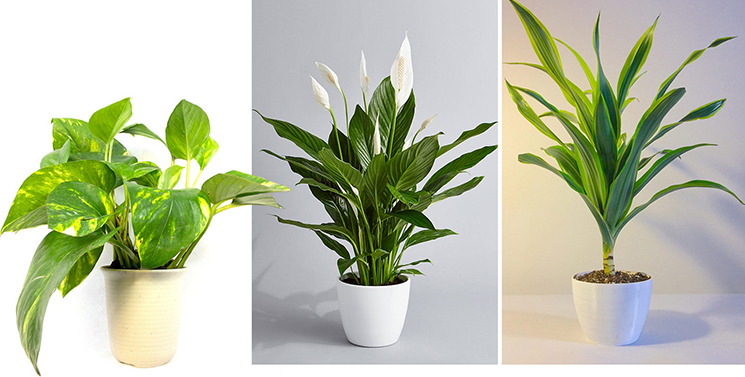
Golden Pothos, Peace Lily, and Dracaena from Pretty in Green/Etsy.
. . . . . . . . . . . .
Of course, not all plants are created equal when it comes to their ability to clean the air. NASA scientists found the Golden Pothos, Peace Lily and several varieties of Dracaena to be among the top indoor plants for removing air toxins. They pack a major air-cleaning punch by eliminating toxic emissions that often come from upholstery, mattresses, rugs, grocery bags, cleaning products, inks and printed papers. These emissions may also come from paint, rubber, tobacco smoke and synthetic fibers.
The NASA researchers suggested that efficient air cleaning can be accomplished if you populate your home with approximately one plant per every 100 square feet of floor space. Naturally, fewer plants are required for smaller spaces. Adds Dr. Niri: “Every plant is good for removing specific chemicals, so put different plants in your house to remove different chemicals from the air.”
I was curious what horticulture experts recommend for their clients looking for plants that are both beautiful and air-cleansing so I contacted Trish O’Sullivan, a former design director with the New York Botanical Garden and now the founder and creative director of the Floral Studio of Greenwich.
O’Sullivan says the Peace Lily excels in the removal of many toxic agents that may thrive in poorly ventilated areas. It also has health benefits for individuals who work on computers or near printers by absorbing the electromagnetic radiation that’s emitted. The lily tolerates low light, but does best in bright, indirect light. However this is not a plant for a home with small children or pets who may chew on its poisonous leaves.
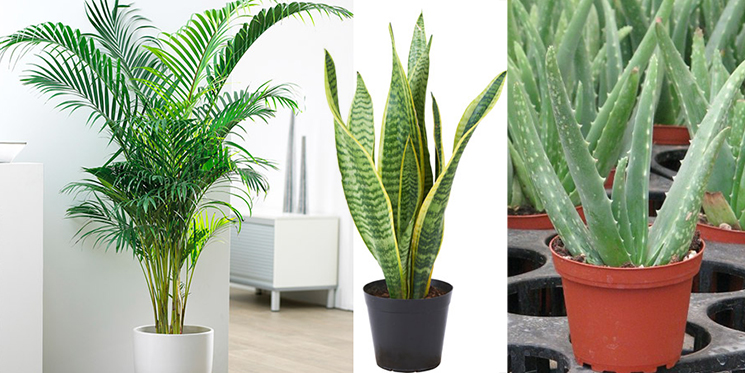
Areca Palm (Fast-Growing-Trees), Snake Plant (IKEA), and Aloe Vera (CactusLimon/Etsy)
. . . . . . . . . . . .
Other plants to consider:
Golden Pothos (Epipremnum aureum)
This is a great houseplant for individuals without much indoor gardening experience. It is an easy-care plant at home in either a hanging basket, spilling over a shelf or climbing a plant pole. It grows best in bright but indirect sunlight and is able to clean the air of formaldehyde, which is often found in rooms that have been recently painted or furnished, as well as benzene and carbon monoxide. But be careful where you place this plant because it can be toxic to children and pets if ingested.
Spider Plant (Chlorophytum comosum)
This plant is “very easy to grow” and doesn’t require much attention. It prefers bright, indirect light and is particularly useful at filtering out traces of formaldehyde and xylene, components of gasoline exhaust which can migrate indoors if you have an attached garage.
Snake Plant (Sansevieria trifasciata)
This evergreen removes four out of five of the main toxins as well as dozens of other pollutants. It is particularly popular as a houseplant because it grows in low light and requires only irregular watering. However the plant contains saponins, a chemical compound that can cause stomach upsets in your dog or cat if they chew on it.
Areca Palm (Dypsis lutescens)
One of the easiest palm trees to grow indoors and especially well-suited for screened patios since it can grow six to ten inches annually. It has a knack for absorbing formaldehyde, xylene and carbon monoxide.
Aloe Vera (Aloe Vera)
In addition to having healing properties, this stemless or short-stemmed plant is highly effective at filtering benzene and formaldehyde out of the air in your home. Widely used as an ornamental plant, it blossoms with ease in any area with bright sunlight. However, take care that your children or pets don’t chew on the poisonous leaves.
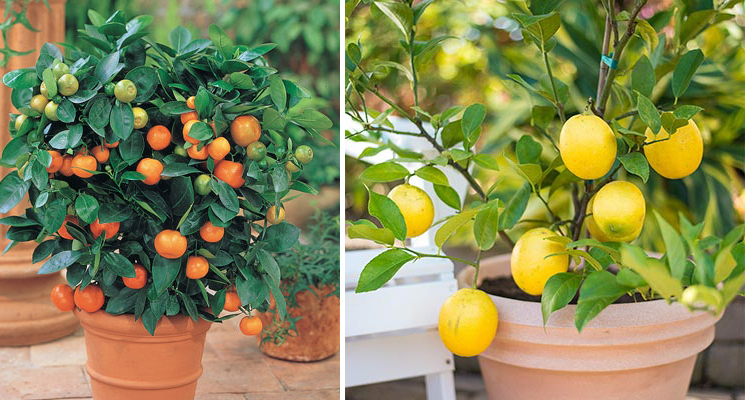
Dwarf Calamondin Orange (Spring Hill Nursery) and Meyer Lemon (White Flower Farm).
. . . . . . . . . . . .
In addition to these plants, O’Sullivan is enthusiastic about citrus trees, which she calls “wonderful indoor plants that are crazy-easy to maintain, grow and purify air amazingly.” Apartment dwellers can place a miniature citrus tree on a window sill with bright light. Her favorites are the Dwarf Calamondin Orange, which can add some fruity fragrances to a home, and the Meyer Lemon. “They bloom year-round,” she says, “and they pick up your spirit.” If you are interested in plants, O’Sullivan recommends Holiday Flowers and Plants, 118 W. 28th Street, 212-675-4300 and also Foliage Garden, 120 W. 28th Street, 212-989-3089.
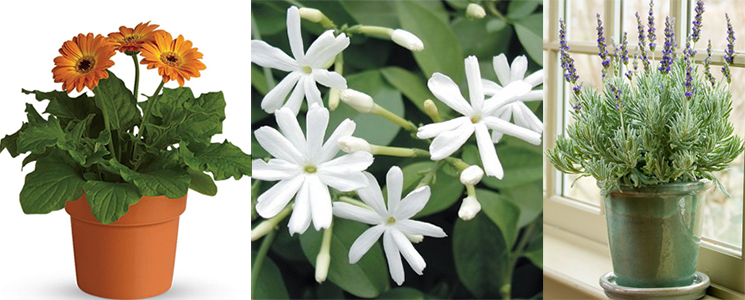
Gerbera Daisy (Teleflora), Jasmine (Logee’s), and Lavender (White Flower Farm).
. . . . . . . . . . . .
Sleep Well Plants
Not only can plants clean the air, they can create a more relaxing environment. To unwind and enjoy a restful night’s sleep, consider adding a Gerbera Daisy plant in your bedroom. While most plants absorb carbon dioxide and emit oxygen during the day, these cheery, colorful daisies continue to release oxygen throughout the night, which helps you breathe and sleep better. If you suffer from apnea or allergies, these daisies are recommended.
You might also try a Jasmine plant. Researchers at Wheeling Jesuit University reported that dropping off to sleep surrounded by the scent of Jasmine led to a more restful sleep. Over the course of three nights, study participants were exposed to the scent of jasmine, lavender, and no scent at all. Those who slept in rooms scented with jasmine had better quality sleep, reduced sleep movement, and participants reported less anxiety the next day. Lavender had similar effects although the benefits were not as noticeable as those with jasmine.
. . . . . . . . . . . .
Rona Cherry has written about health and wellness for The New York Times Magazine, Ladies’ Home Journal, Vegetarian Times, and many other publications. She was the editor-in-chief of several national magazines, including Fitness and Longevity. She is currently an editorial and PR consultant with regional publications and nonprofits.
You may enjoy other NYCitywoman stories by Rona Cherry
Foods that Hurt, or Help, If You’re Feeling Anxious
Keeping Your Memory Sharp as You Age
Top Wig Boutiques in New York City
Memo to Trump: Naps Are Good For You!



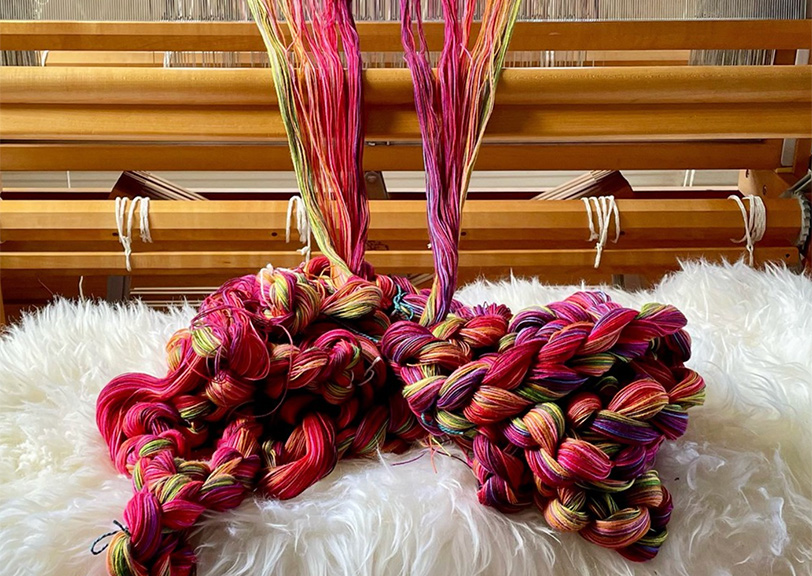
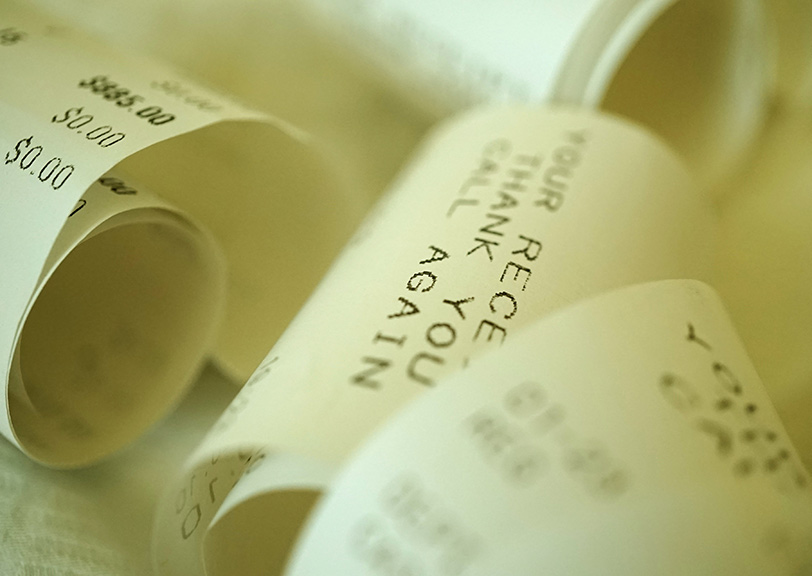







April 18th, 2018 at 6:08 pm
As an avid indoor gardener, I’m happy to learn about all the health benefits my plants provide!
Thanks for this informative piece.
April 27th, 2018 at 2:19 am
Thanks for mentioning Pretty in Green’s plants in your article, Rona! It made my day : )
Air purifying plants are incredible and have a very real and positive effect on our physical and mental health. It’s wonderful to see more people reading and writing about them. I’d love to send you one for your home or office as a token of my appreciation! If you are interested, please send me your shipping address to prettyingreenplants@gmail.com.
Monica / Pretty in Green Plants